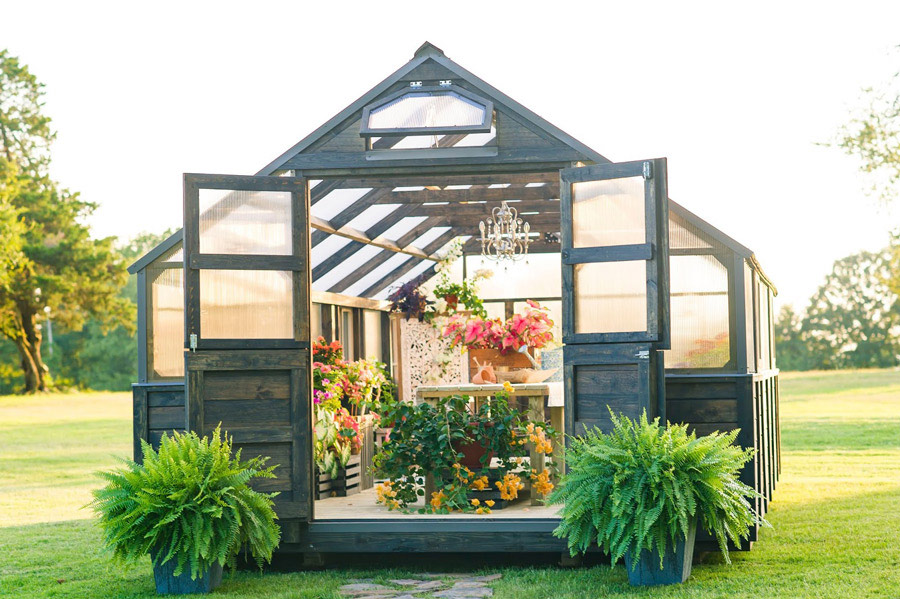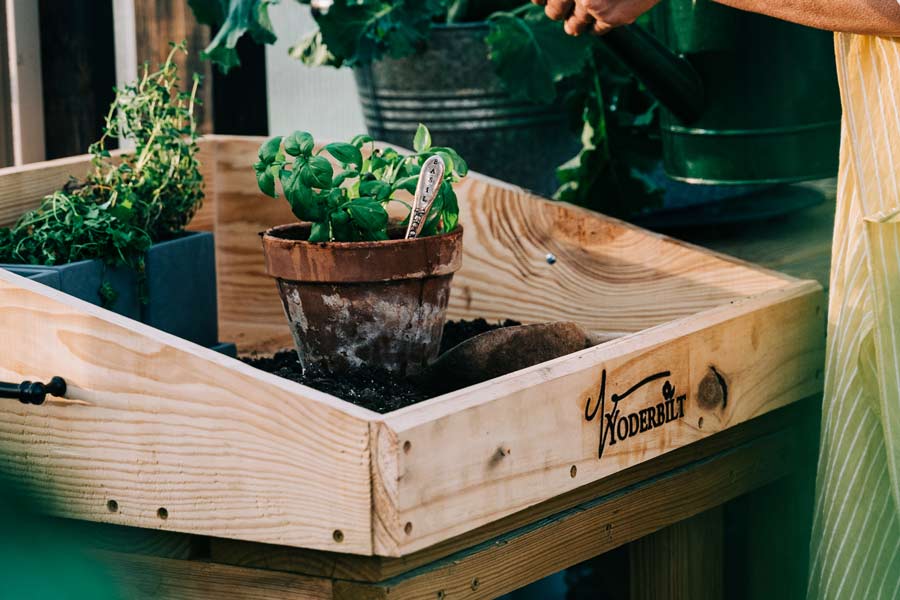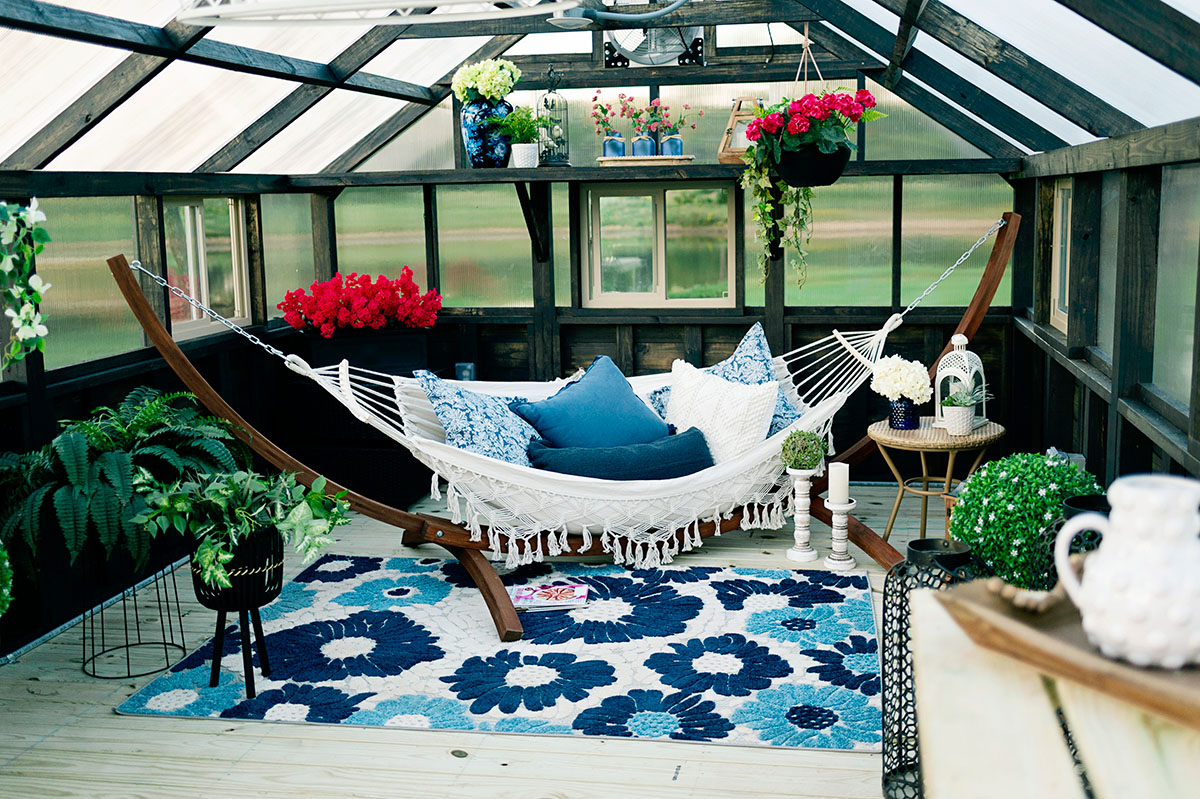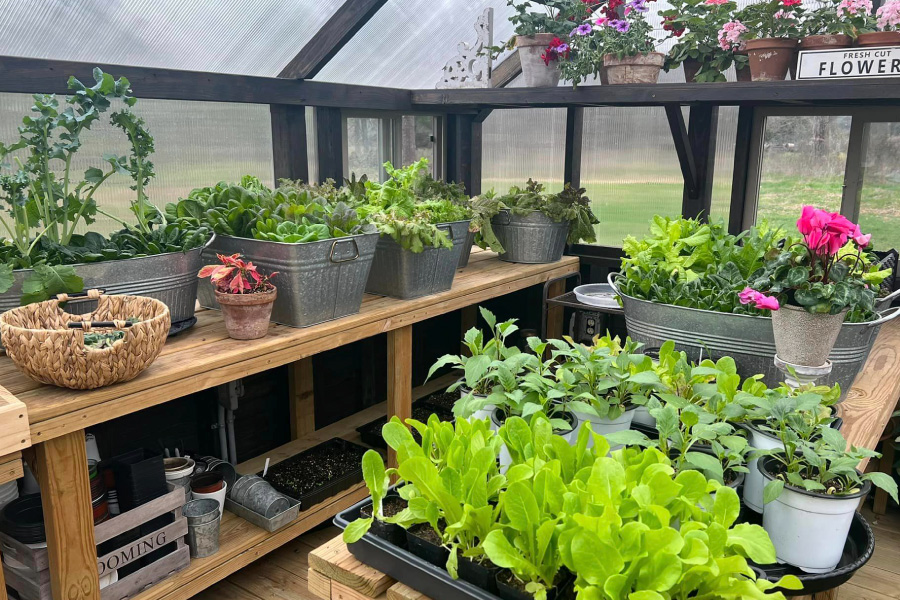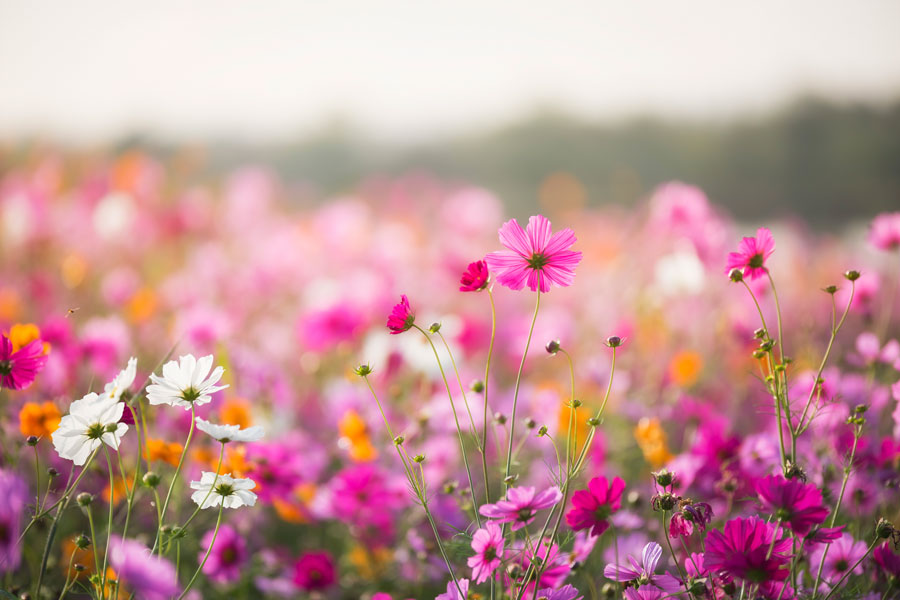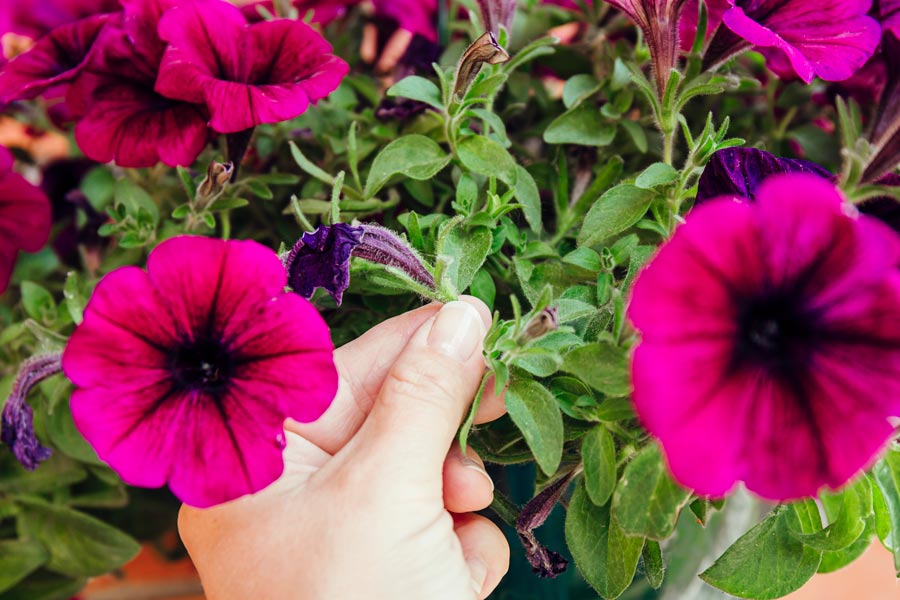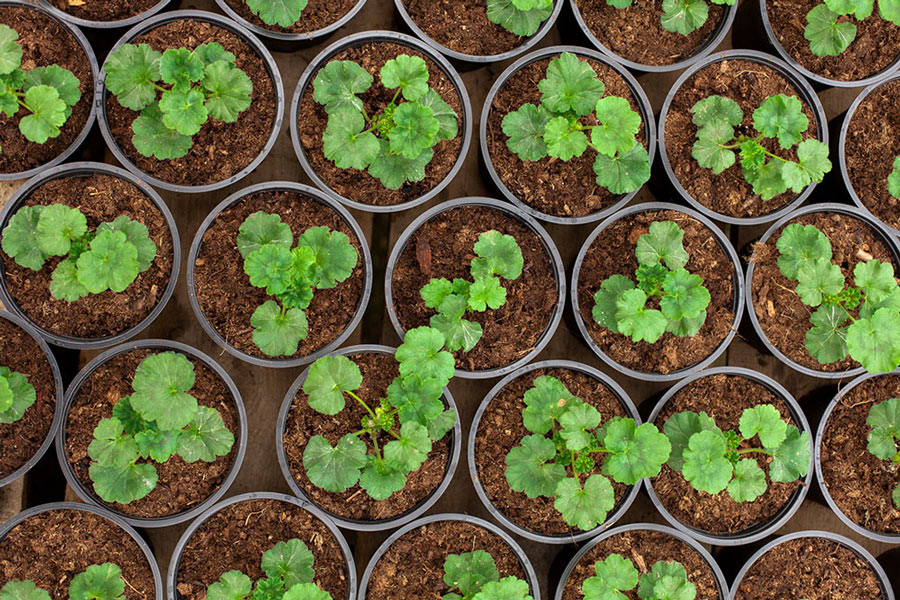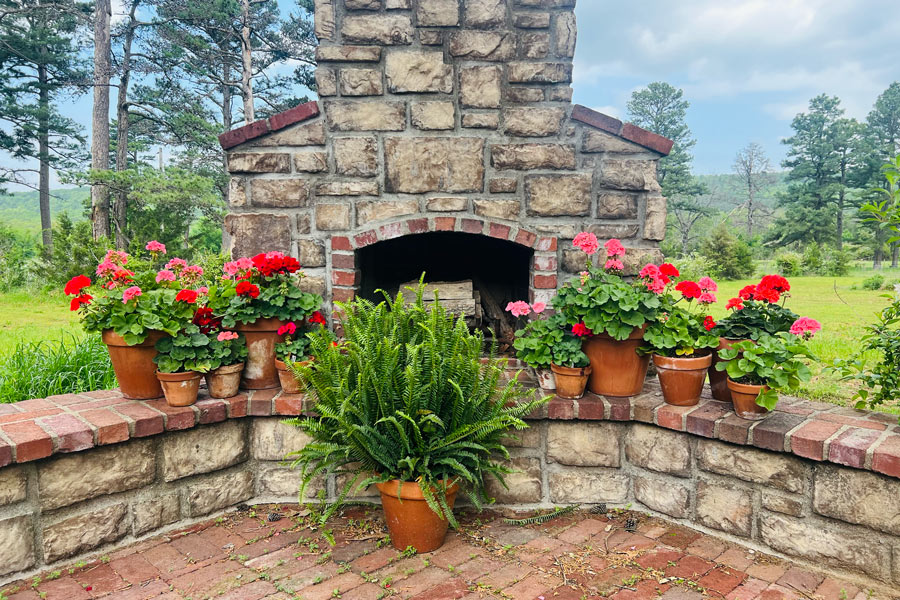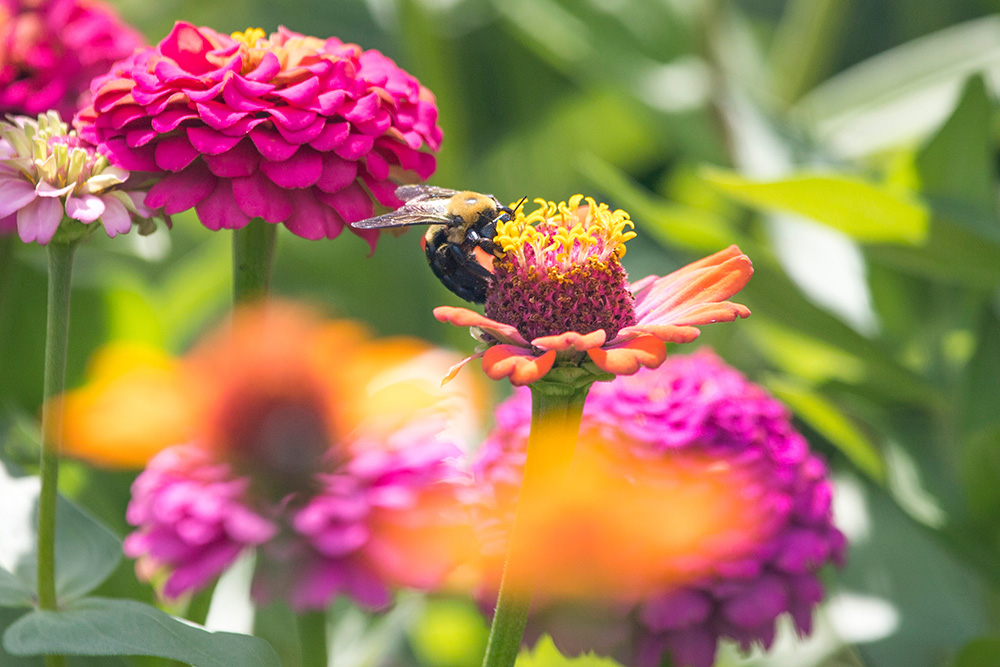Beginning a Garden – Choosing the Location
Welcome to your very first step in planning for your garden—choosing the location! This is an exciting place to be, as it is the beginning of your adventure into gardening. For some, it can be a challenge in simply committing to a particular spot. We'll give you tips on how to select the best location.
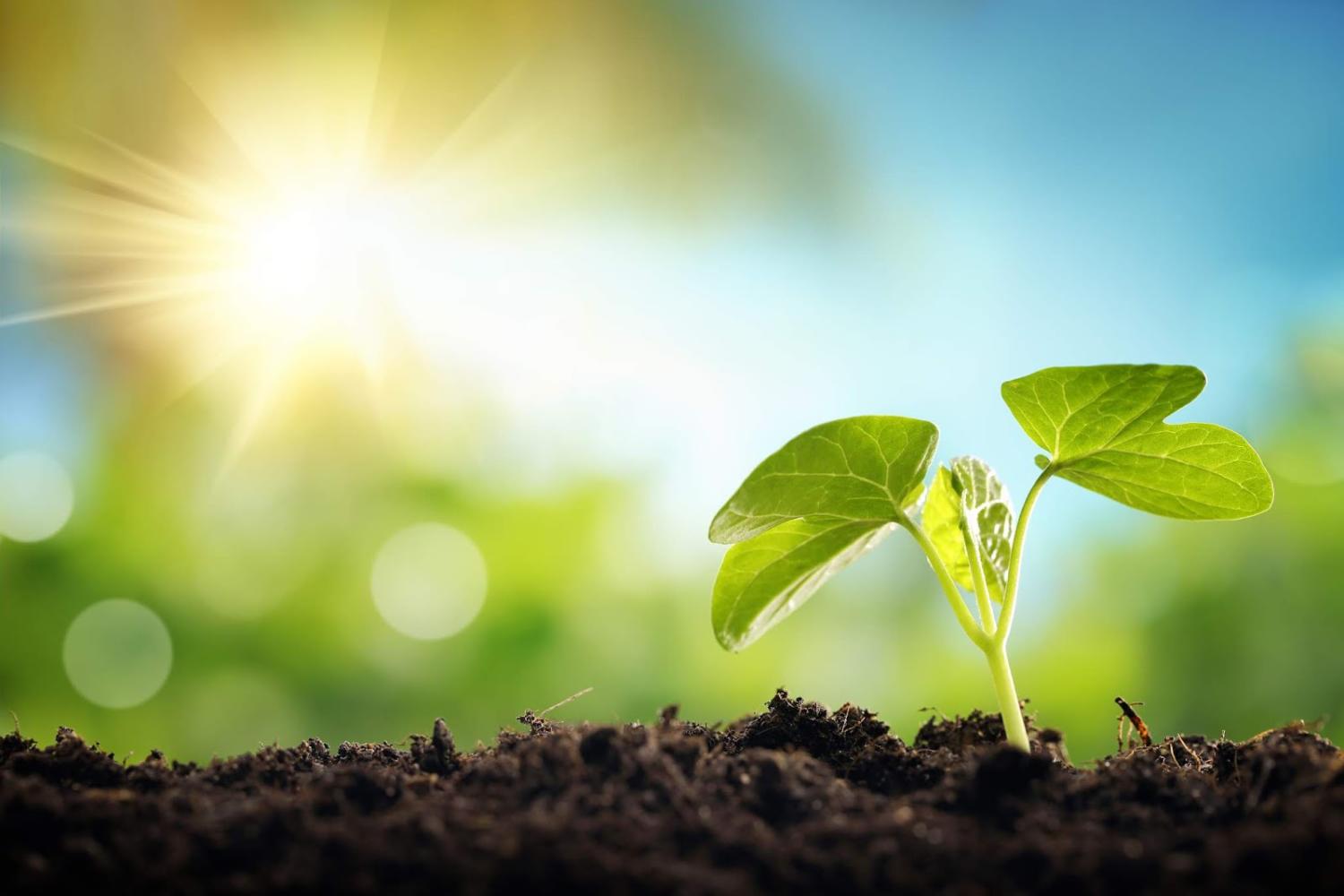
Most of the questions we see when it comes to location are, "Is it sunny enough?" "Do I have good soil?" And, most frequently, "How do I even start?" Although several factors need to be considered, we are going to try to keep this as simple as possible and provide some key elements of consideration.
Pick a location that has an abundance of sunshine.
Many plants, particularly vegetables, need plenty of sun throughout the day. The overall recommendation is an average of at least 8 hours of full sun. Keep in mind that the sun sets in varying locations throughout the year, and once trees leaf out, more shade may fall upon your garden plot. Keep a eye on the different areas that you have in mind, this will help you in deciding the optimal location. You'll also want to watch your shadows, especially if it is close to your house or a tree line as the sun can be blocked as the sun is in different positions throughout the day.
Consider the factor of convenience.
As the saying goes, "out of sight, out of mind." If your location is not within sight, it can become out of mind. When your garden is easy to get to and see, you will naturally spend more time tending to it, lending to its success.
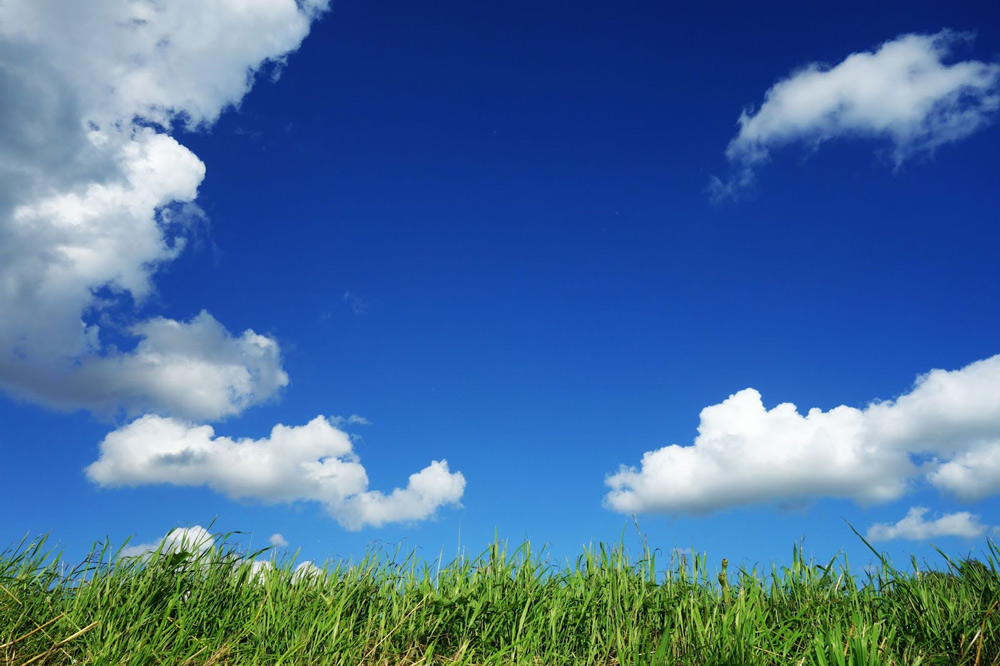
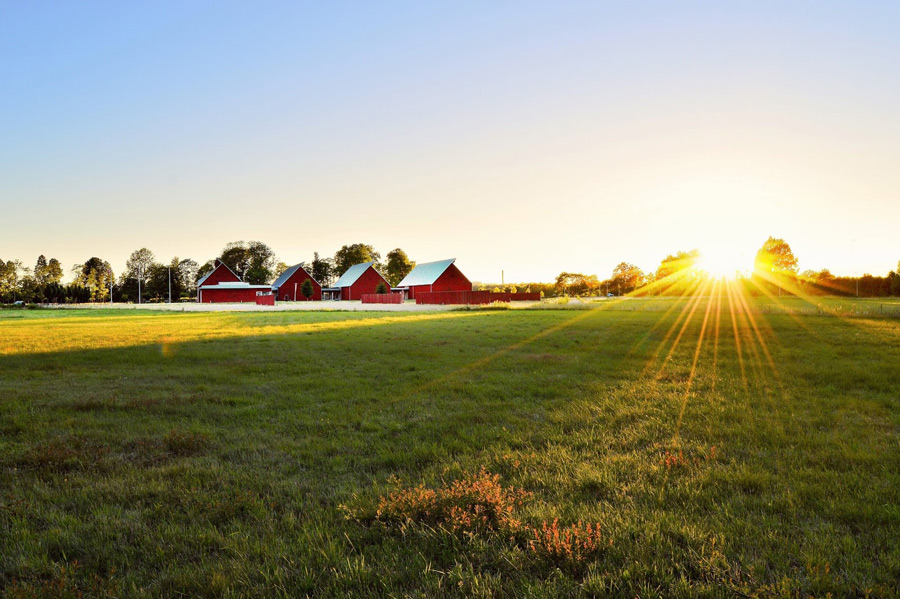
Check your soil quality.
Healthy soil = healthy plants. To grow an abundance of nutritious vegetables, you will want the perfect combination of fertile soil that drains well. One thing that is always recommended is obtaining a soil test by your local extension office. They are often free or offered at a relatively low cost. This will assess the soil and provide recommendations on amendments if needed.
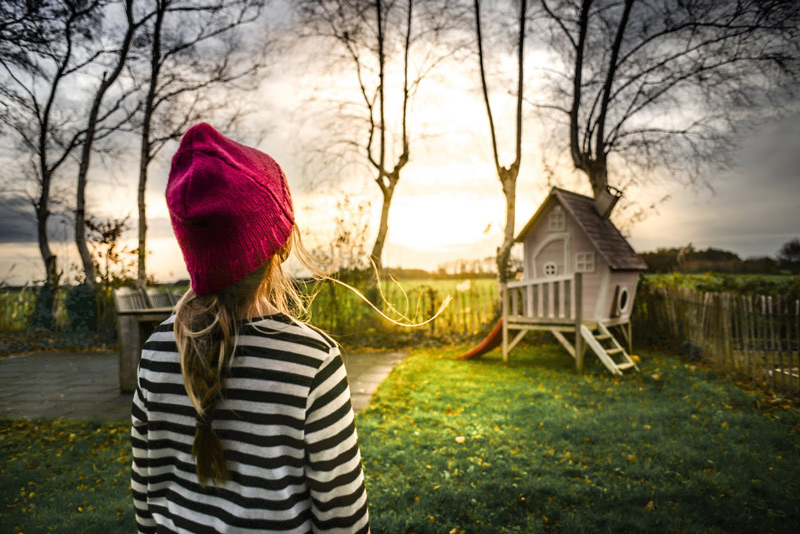
Consider a water source.
There are several ways to help keep your plants thriving and hydrated, including mulch. However, between rain showers, you will need to spend time watering. So, having a water source nearby is imperative. The more convenient, the easier it will be to utilize.
These are some key but very simple steps. Next up in our series will be what type of garden bed will work best for you. We will be exploring traditional in-ground beds, raised garden beds, and even containers.

